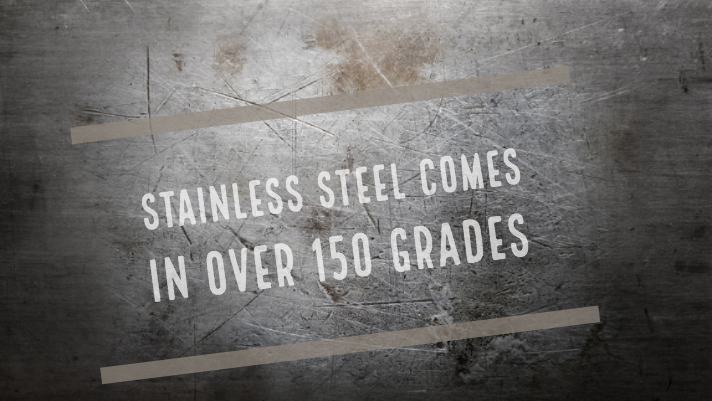Stainless steel is an undeniable part of everyday life. From the smallest zipper to major skyscrapers, you will find this metal on almost all appliances and machinery in industries across the globe. This is owed to its strength, its resistance to corrosion, and its low maintenance. Stainless steel comes in over 150 grades with stainless steel 304 being the most common and widely used variety.
Because of its high value, you are likely to see a variety of stainless steel products all over the world. Effectively, stainless steel is ubiquitous in all types of industries because of its unique characteristics, the ones listed here are only a brief overview of how stainless steel gets used in everything from chemical processing to architecture, and even in power generation.
- Construction and architecture: Stainless steel made its debut in this industry during the art-deco period. During this period, it was common to find the upper portion of a building made entirely of stainless steel. Its properties and success rate lead this metal to achieve more prominence in buildings today than it did back in the day.
Stainless steel can be used in the exterior cladding for large and small buildings as well as interior countertops, backsplashes, and handrails. Additionally, this metal is easily yielded, has an attractive finish, and requires low maintenance, making it highly sought-after in high-profile buildings. Some buildings featuring stainless steel include: the Helix bridge in Singapore, One World Trade Center in New York, and London’s Waterloo Station. - Cutlery and kitchenware: Traditionally, stainless steel was used to make cutlery and kitchenware, and that has not changed. Stainless steel machinability has seen this metal craft some of the finest cutlery in the world. Stainless steel grades 410 and 420 are commonly used for kitchen knives while grade 304 is used for forks and spoons. The less ductile steels are used for items that require a lot of molding such as cookers, grills, sinks, and saucepans.
Stainless steel is also used as a finish material for refrigerators and freezers, as well as countertops and dishwashers. What makes this metal ideal for kitchenware is its non-interference with the flavor of the food, which makes it perfect for storing food for long periods. The metal does not corrode easily, making it ideal for storing acidic foods. Since it’s easy to clean, stainless steel can keep germs at bay throughout the kitchen where things need to be kept spick and span. - Oil, gas, and chemical processing industry: This industry has created a large market for stainless steel condition B. Stainless steel uses range from tanks to pipes, pumps, and valves — this durable metal can handle them all. The widespread use of this metal in the oil, gas, and chemical industry even includes the successful storage of dilute nitric acid. Special grades have been developed to accommodate the use of this metal in the chemical, oil and gas industries because of its high resistance to corrosion at different temperatures. This makes it suitable to use in sewage plants, offshore oil rigs, ship propellers, and desalination plants.
- Power generation industry: The renewable energy industry has not been left behind. Emerging technology such as geothermal, solar, hydro, and wind power all utilize stainless steel. The metal’s composition makes it withstand the different environments it is exposed to in these industries and keeps it performing at optimum levels.
The grade most frequently used in this industry are nickel alloys. Stainless steel uses are not exclusive to the renewable energy industry. Nuclear power also makes use of stainless steel to generate power and contain radiation. It is also widely used in steam and gas turbines because it is heat resistant and corrosion-resistant.
There is no doubt that stainless steel uses affect our everyday lives. From the moment we wake up to the moment we fall asleep, we interact with products made from this high-value metal to make our lives easier and happier.

